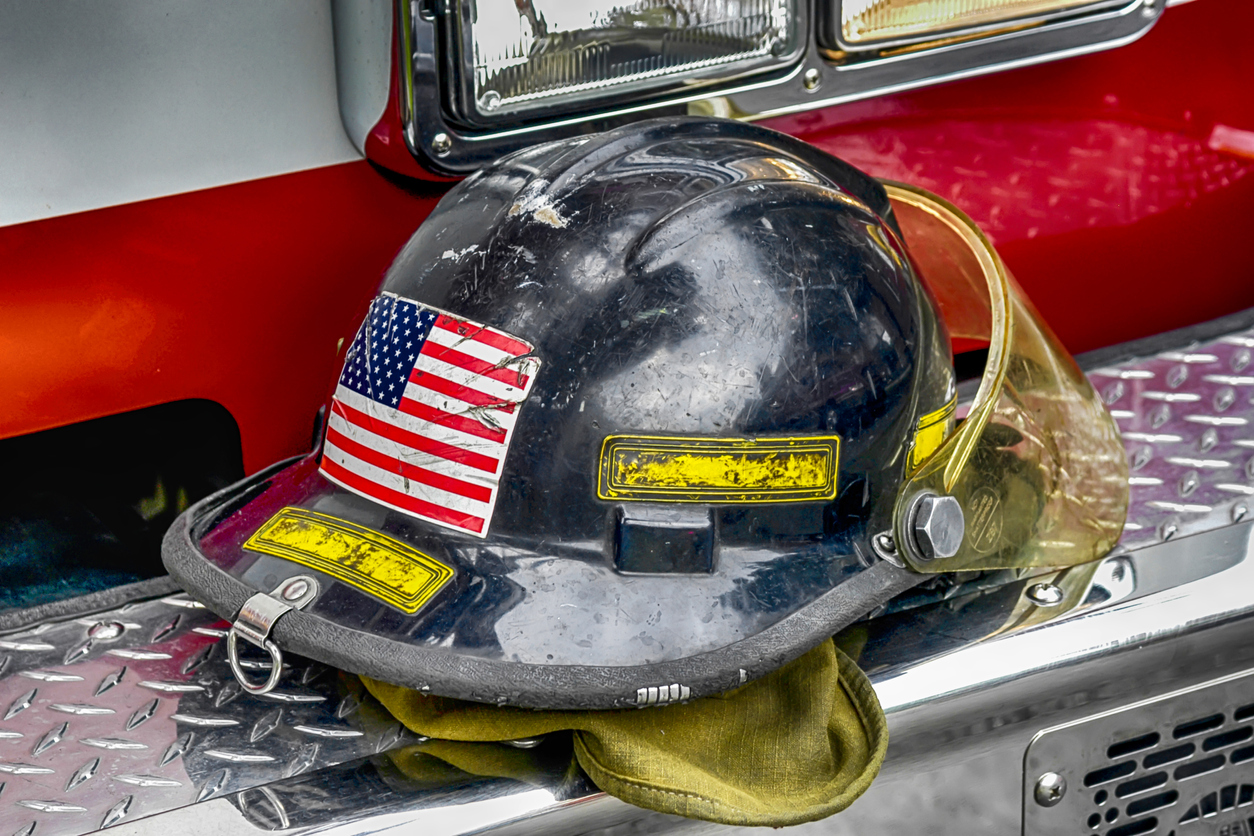
Every year, nearly 60,000 firefighters sustain an injury in the line of duty. From smoke inhalation to falling objects to burns, they can experience many different risks on a call. Another dangerous element that firefighters face is coming face to face with a flashover.
Flashovers are rapid events involving a significant rise in fire growth and development. Usually, this is a change from a fire located at a specific section to a fire that takes over every other object of the compartment involved without actual flame contact. To understand how to get away from a flashover’s perils, it’s essential to understand one’s signs.
Here are four telltale signs of a flashover.
Rollover
This is a reliable sign that a flashover is occurring. However, because of the thick, black smoke present, it may not be visible. Firefighters may not be in the room that is ablaze, so they might not see it or be looking up for it. A firefighter’s best means of protection is using a thermal imaging camera to spot the smoke and the excessive heat coming from the other room.
Thick Smoke
Another reliable sign of an intense flashover is thick, black smoke that can lead to more danger if not addressed immediately. Smoke that changes color from dark brown to black can indicate that a flashover is occurring or about to occur, so firefighters need to keep their eye on how things are developing. Essentially, the thicker the smoke, the more dramatic the flashover will be. Smoke thickness suggests how much a fire will spread compared to less dense smoke.
Free-Burning Fire
A free-burning fire is another sign of a flashover fire. Firefighters are not always sure how intense a fire is or what is burning behind walls. Not seeing fire or knowing what stage the fire is in, firefighters might not realize how close they are to a flashover. A thermal imaging camera can help detect these fires, locate victims, and get them away from more risk.
Intense Heat
Another significant sign a flashover is taking place is coming in contact with extreme heat. Yes, house fires or structure fires are all hot, but firefighters can tell the difference between normal heat and extreme temperatures. By placing a gloved hand up in a fire for a few short seconds to attempt to measure the heat, fire professionals may be able to determine the heat level and know not to go any further inside a structure.
There is no easy answer as to when a flashover will take place. These warning signs can help to predict one that may be coming, so firefighters should utilize them to limit potential danger.
About Provident FirePlus
At Provident FirePlus, we offer custom-tailored packages to best protect firefighters and volunteer firefighters. We understand the risks that emergency response teams are subjected to on a daily basis, and have worked to serve these dedicated professionals for over 87 years. For more information about our products and policies, we invite you to contact our experts today at (855) 201-8880.

